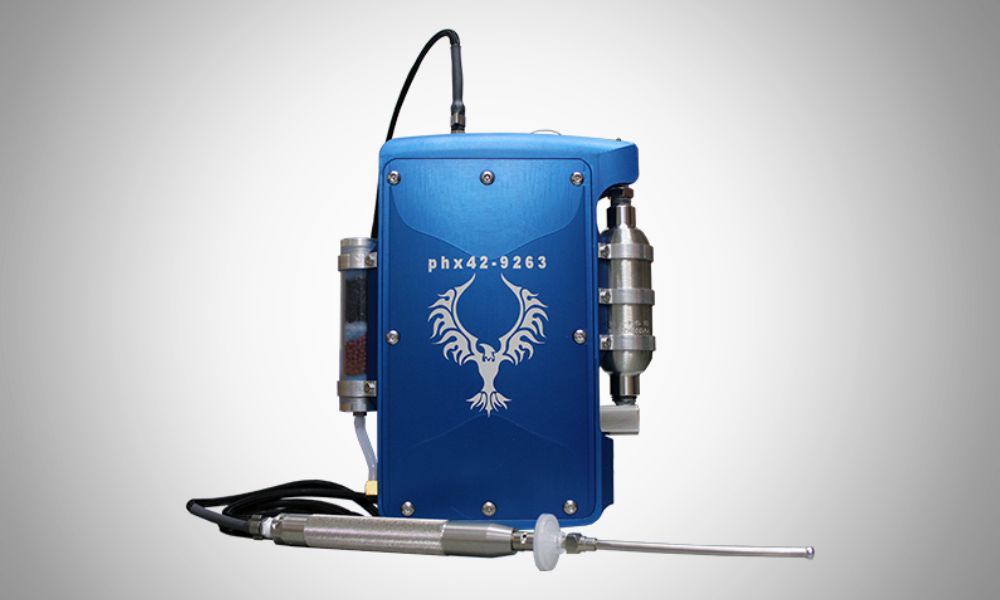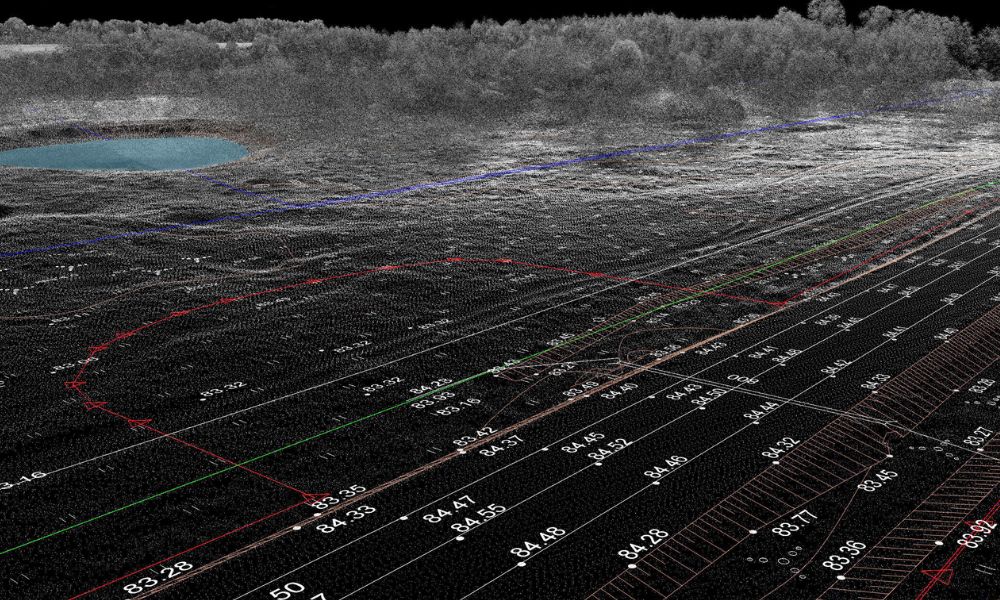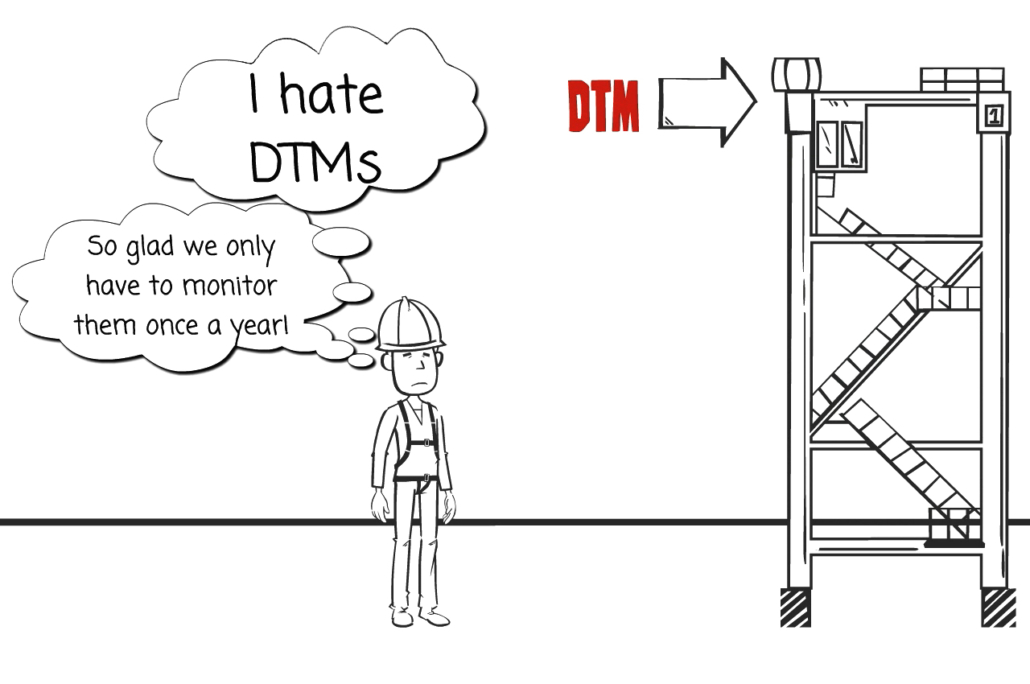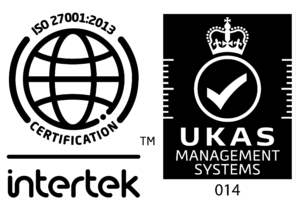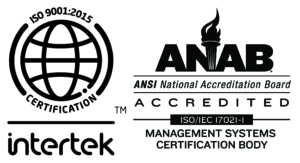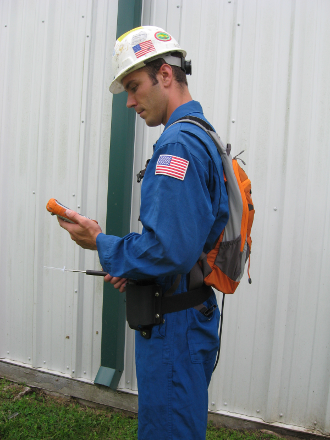
Are you looking for ways to increase the success and efficiency of your emissions monitoring equipment and systems? Read on and learn the four key components of an effective LDAR program for refineries and processing facilities.
Key Component I: Tailor-Made LDAR Program
Is your current LDAR program tailored to your refinery’s specifications and needs? Quite obviously, each and every facility is unique in its layout, equipment, and other elements. As such, you must have an LDAR system built for you and only you. The software, planning, and procedures associated with your LDAR program should match the specifics of your facility, including information regarding locations, accessibility, hazard points, equipment, and more.
Key Component II: The Software Element
Advanced LDAR programs in modern refineries include high-tech monitoring systems and robust software to increase LDAR efficiency and overall success. These automated technologies help expedite traditionally time-consuming processes, such as documenting new equipment, uploading daily reports, recalibrating various machines, and more. Ultimately, the software element of your LDAR program simplifies system monitoring and produces the most accurate results.
Key Component III: The Human Element
Aside from software and LDAR monitoring equipment, every effective LDAR program requires a solid human element. The human element refers to the employees responsible for conducting LDAR tasks that technology simply cannot perform. Your LDAR personnel is in charge of many essential duties, from proceeding with leak repairs to identifying potential errors in the system, among many more. Ensure your human element is successful by providing them with detailed and relevant information regarding their responsibilities and your LDAR program overall. Include a workflow chart in your LDAR plans to simplify the division of labor.
Key Component IV: Leak Repair Procedures and Tools
While the above elements concern mostly monitoring applications, the final components of the ideal refinery LDAR system are the repair procedures themselves—no LDAR program is successful without effective responses to emissions complications. First and foremost, your LDAR program should include detailed resources and information related to repair requirements of various types of facility equipment.
Furthermore, thoroughly document each repair session for future reference and procedures. Tools such as leak tags are essential to the repair process and help pass on vital data and information to other inspectors and repair people. Lastly, your LDAR plan must clearly distinguish between DTM (difficult to monitor) and UTM (unsafe to monitor) devices.
These four key components of an effective LDAR program aren’t just beneficial for your refinery’s efficiency; they also enhance system performance and ensure cleaner, safer emissions overall. Check out the LDAR solutions and tools offered here at LDARtools!

